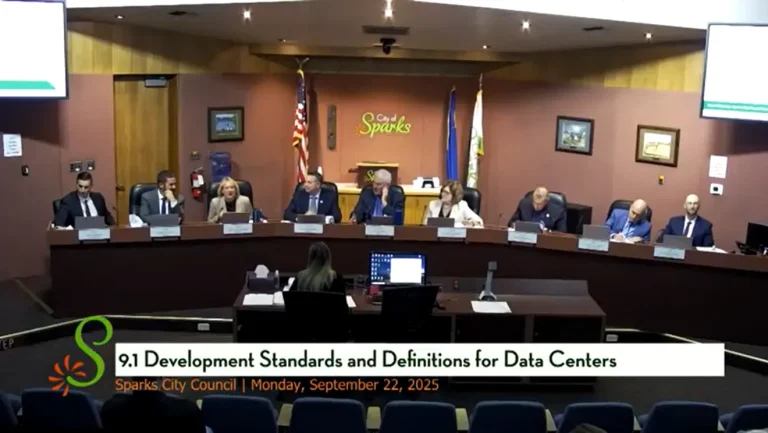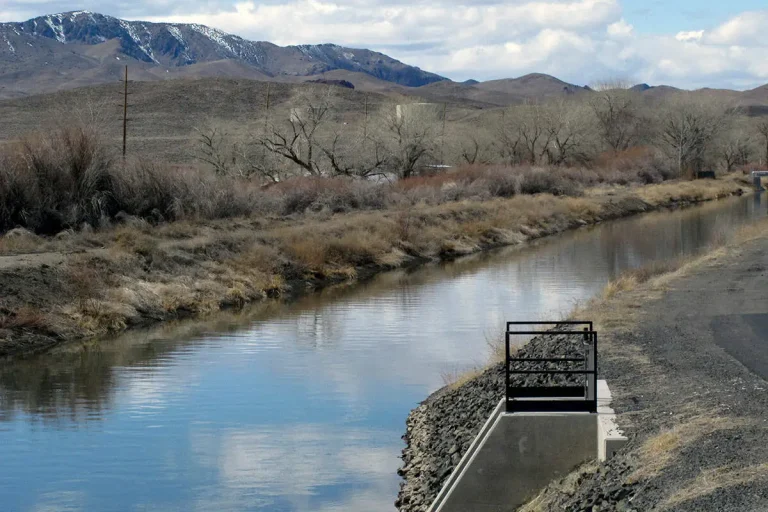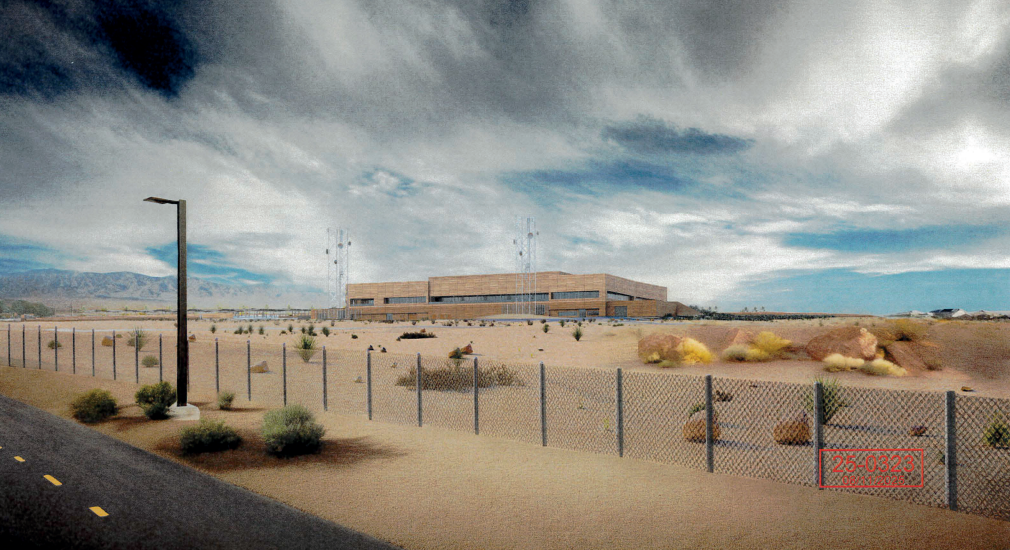In an effort to keep water from reaching critically low levels, the federal government devised five alternatives for managing the Colorado River.
The Bureau of Reclamation looked at alternative plans submitted by states and by 16 tribes and combined elements of the plans.
The alternatives provide a variety of scenarios for reservoir levels that lead to declarations of water shortages, apportion guidelines among the states during shortages, amount of water curtailed during shortages, and the amount of water released from Glen Canyon Dam to Lake Mead at Hoover Dam.
Current rules for the river expire in 2026. The Lower Basin states—Arizona, Nevada and California—are dependent on the water released to Lake Mead for drinking supplies, farming and industry. The Upper Basin states are Colorado, New Mexico, Utah and Wyoming.
The bureau intends to adopt specific guidelines to maximize sustainability within the Colorado River.
Two of the alternatives consist of combined elements of Upper and Lower Basin states along with tribal proposals. One alternative was created by conservation groups. Another alternative is derived from ideas of federal officials. The final alternative reflects no action toward the water shortage. The inaction is not to be considered a viable option, but federal law requires it to be analyzed.
An alternative will not be selected until the Bureau releases a draft environmental impact statement, which could happen as early as December.
Alternative One
The first alternative is categorized by a “robust protection of critical infrastructure.” Water would be released from Lake Powell based on elevations of water levels in the lake. Plans would attempt to keep Powell and Mead at similar water levels.
Powell would release anywhere from 5M-to-9.5M acre-feet to Mead annually. Historical averages indicate a release of 8.2M acre-feet, with recent releases averaging 7.5M. If appropriate, releases to Lake Mead could be cut further, lowering to less than 5M acre-feet.
Powell could receive additional water from upstream reservoirs to protect the dam’s infrastructure. The Lower Basin states may take cuts of up to 3.5M acre-feet annually.
Alternative Two
Alternative Two is based on proposals by states and tribes. The proposal consists of new delivery and storage for the lakes, with both federal and non-federal water storage pools. The proposal puts an emphasis on flexibility for water recipients.
Lower Basin states would begin with a shortage of 1.5M acre-feet that could reach as much as 3.5M acre-feet. Shortages would be enacted by the combined shortage within seven reservoirs.
Alternative Three
The third alternative is derived from a submittal by a coalition of conservation groups. The goal is to stabilize water storage for the entire system through oversight and mitigation strategies. U.S.-Mexico relations in maintaining water levels is another important element of this alternative.
Releases from Powell would be between 5M-to-11M acre-feet annually. Releases would be determined by Upper Basin water storage. Lower Basin shortages may reach 4M acre-feet.
Alternative Four
The fourth alternative combines proposals from the two basins and tribes. Powell releases would range from 5M-to-12M acre-feet. Releases would be mostly dependent on Lake Powell’s water level, with some consideration to Mead.
Water cutbacks would be required by both basins. Upper Basin contributions would be stored in Powell. The Lower Basin shortages would be limited to 2.1M acre-feet annually. Shortages would be based on water levels of the seven reservoirs. (Source)








































































